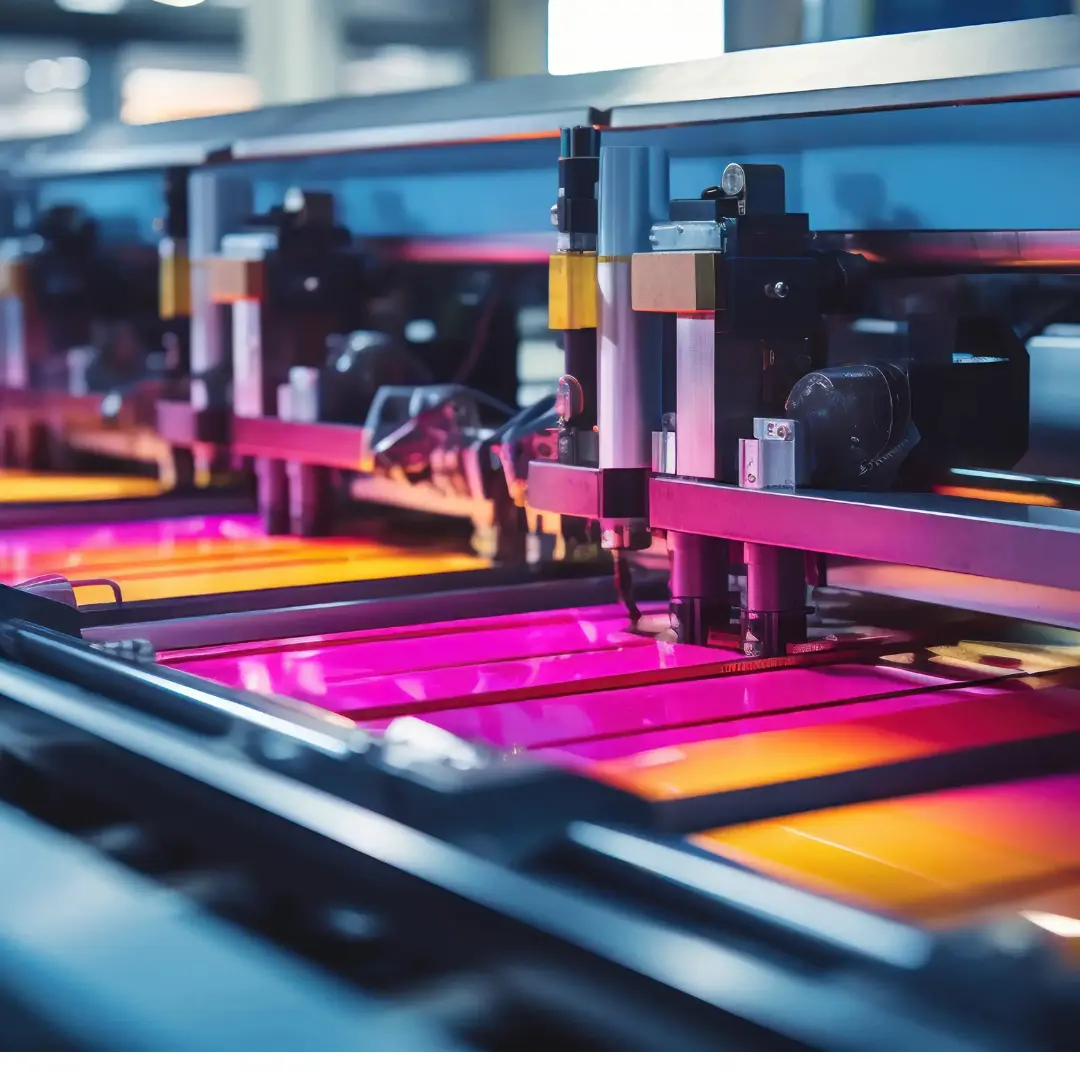What’s the Difference Between Digital and Offset Printing?
When choosing a printing method for your project, it’s essential to understand the key differences between digital printing and offset printing. Each has unique advantages, depending on your needs for quality, cost, and efficiency. Let’s break it down:
Digital Printing
Digital printing is a modern method that directly transfers digital files to the printing machine.
- Ideal for small runs: Perfect for short quantities or one-off projects.
- Fast turnaround: Minimal setup time means your prints are ready quickly.
- Cost-effective for short runs: Since no plates are required, setup costs are lower.
- Great for customization: Easily handle variable data, such as personalized invitations or targeted mailers.
Offset Printing

Offset printing is a traditional technique that uses plates to transfer ink onto a surface.
- Best for bulk printing: Highly economical for large quantities due to lower per-unit costs.
- Superior quality: Delivers precise and consistent color reproduction.
- Wider material options: Works well on a variety of paper types and finishes.
- Higher setup time: Requires plate creation, making it less ideal for tight deadlines.
Which Method Should You Choose?
- Choose digital printing for small projects, fast delivery, and flexibility, such as business cards, brochures, or personalized marketing materials.
- Opt for offset printing when you need high-quality prints in large quantities, such as posters, magazines, or packaging.

